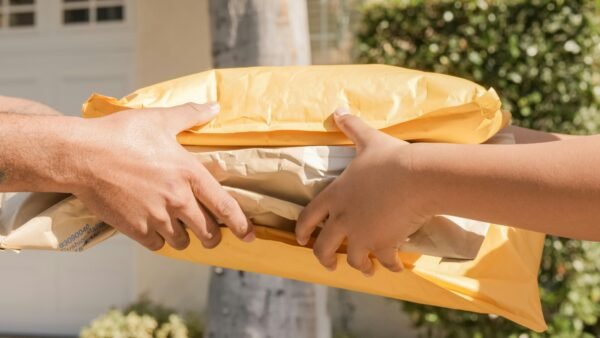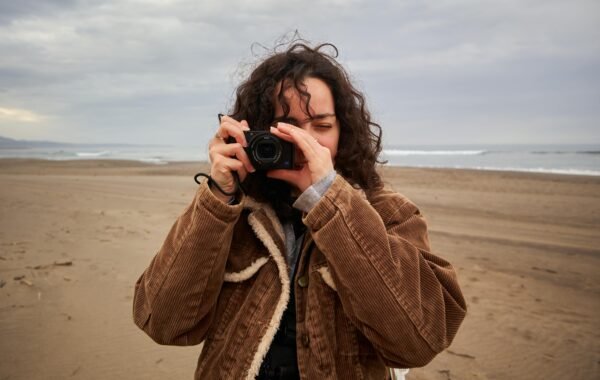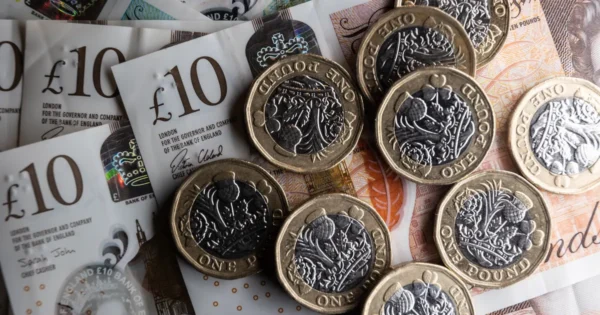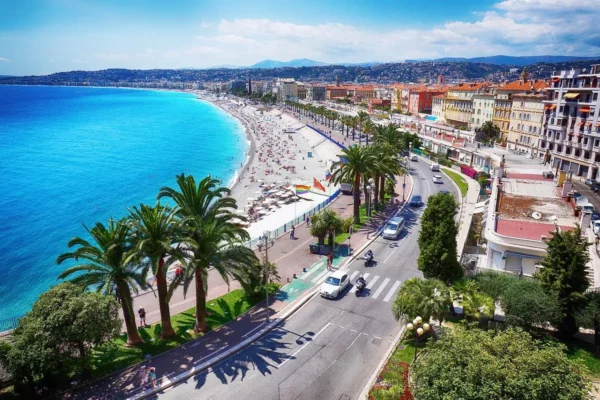
Giant ‘Blue Hole’ Discovered on the Great Barrier Reef
Marine Biologist, Johnny Gaskell has found a Blue Hole in the Great Barrier Reef!

If you haven’t already heard, the Great Barrier Reef is dying. The World Heritage Site, located off the east coast of Australia has experience decline at an extraordinary rate, experts reported earlier this year. The reef has been severely damaged by the warming of the oceans – caused by global warming – and 95% of the reef has been bleached as a result.
However, a surprise discovery has amazed and delighted tourism operators on the Great Barrier Reef. Huge colonies of pristine coral have been discovered in a lagoon system about 100km off the coast of the Whitsundays mainland, causing excitement amongst reef experts and tourists.

The significant discovery – There can be few greater discoveries than when someone unlocks one of the reef’s ‘hidden secrets’ – took place after Daydream Island’s ‘Living Reef’ marine biologist Johnny Gaskell spotted a “deep blue circle” on Google maps and went to investigate.
Now, he hopes the coral – which includes huge colonies of Staghorn and Birdsnest corals that have been protected by the 20-metre deep lagoon – will help to recolonise other areas of coral on the reef. Mr Gaskell, who made the discovery with fellow divers Joe Egan and Richard Poustie, said the natural design of the deep lagoon had protected the delicate coral colonies within it.
“Inside the walls of this lagoon, which we estimate to be about 150 metres across and at least 20 metres deep, was extremely delicate but undamaged Staghorn and Birdsnest corals – huge colonies of it,” he said.
“This is extremely important for the ecology of the reef, as the healthy corals in the lagoon will play a big role during this year’s coral spawning. Recolonisation to other areas will be the key to the ongoing resilience of the reef. The good news is, there is still so much colour and beauty out there.”
Tourism Whitsundays Sales & Marketing Manager Tash Wheeler said the discovery was very exciting and tourists could help in the reef’s ongoing protection by visiting it.
“Everyone who visits the reef with a commercial tourism operator contributes to sustaining the reef through an Environmental Management Charge (EMC), which is included in the ticket price,” she said.
“The funds the Australian Government receives from the EMC are vitally important in the day-to-day management of the Great Barrier Reef Marine Park and in improving its long-term resilience.
“As well, our tourism industry is committed to responsible practices and actively participates in programs to protect the reef’s health.”
So what are you waiting for – come and explore the Great Barrier Reef in the Whitsundays and see what you can find!
Find the video here!












































